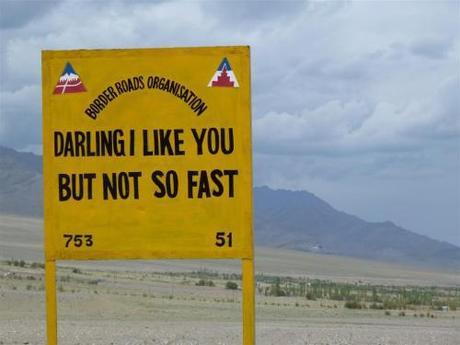
The final kilometres of entertainment. Stok Palace can be seen as a speck in the distance.
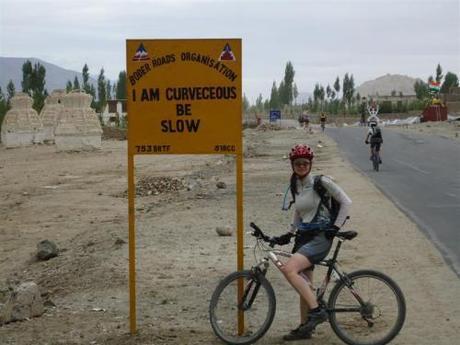
Seems as if Shelley supports this one
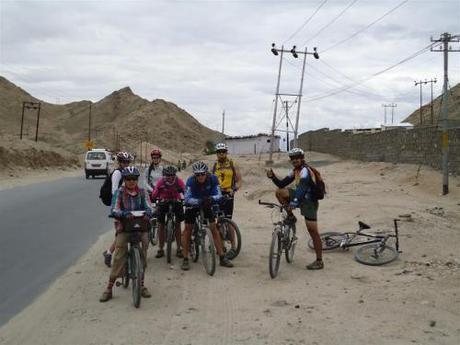
The final 5km
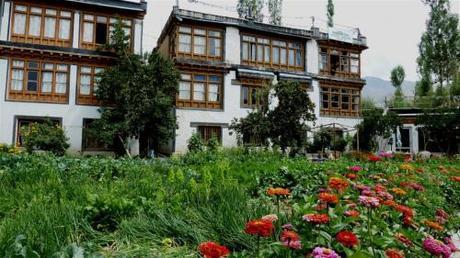
The Oriental Guesthouse where we relaxed for the following days and were so well looked after by Phuntsok and her family. Note how the beautfil garden also doubles up as the families breadbasket.
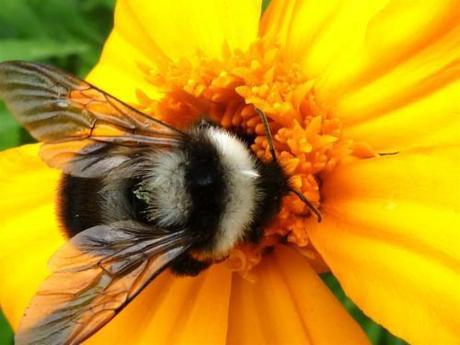
The garden was abuzz...

Organic in every sense, the Ladakhis are still in tune with their environment using only organic agricultural techniques
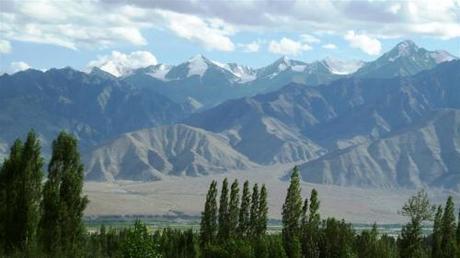
View from our hotel window looking onto the Zanskar range.
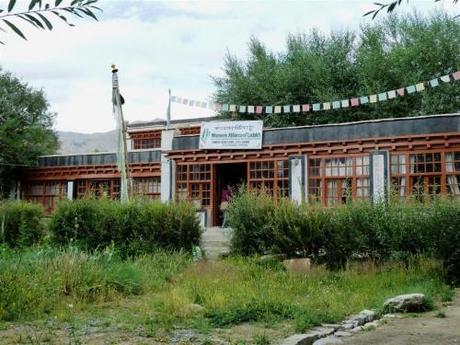
The Ladakhi Woman's Alliance: is concerned with raising the status of traditional agriculture, preserving the high status of women which is being eroded in the modern sector and creating an alternative development model based on rather local sustainable practices that have sustained the Ladakhis for 1000s of years rather than imported and degrading western economics i.e. self reliance!
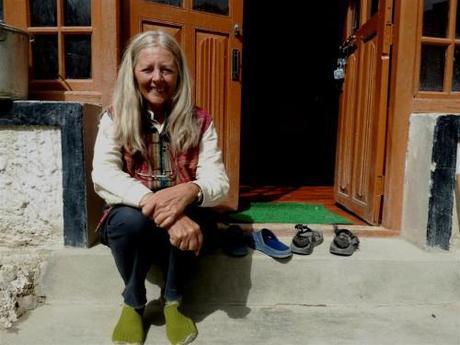
My hero: Helena Norberg-Hodge, the first westerner outside of Ladakh to learn the language and to live in the region. Helena has been pivotal in promoting sustainable Ladakhi culture and practices and was instrumental in setting up the Ecological Centre for Ladakh and the Ladakhi Womans Alliance. She has dedicated the past 30 years of her life to the region and has written extensively about it. Her most well-known book 'Ancient Futures' is a must for anyone interested in the region. Also see www.isec.org.uk
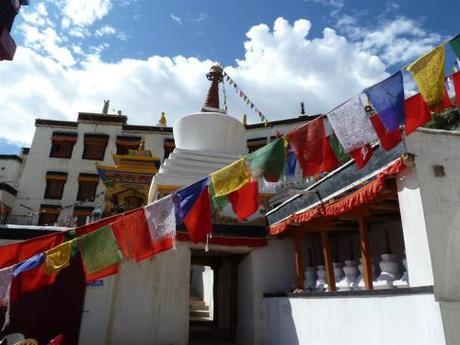
Spituk - Visiting one of the many monastries in and around Leh.
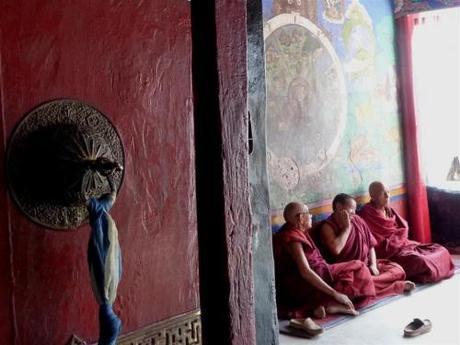
Chatty monks
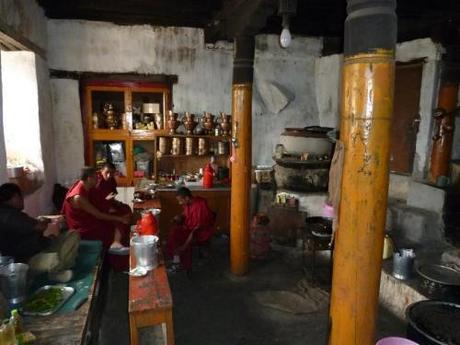
Cosey kitchen
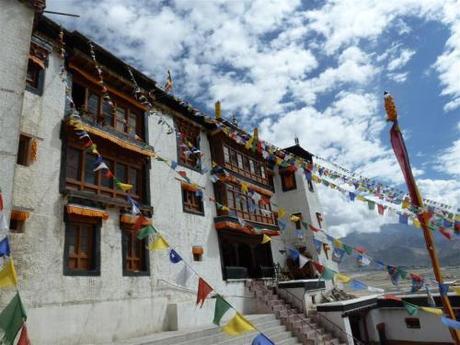
Spituk Monastry was built in the 11th century on a conical hill overlooking the Indus. It consists of 3 main chapels and has a fantastic collection of masks and icons including some that were rescued from the Potala Palace in Lhasa.




